“I’m so sad – I just cry and cry.”
“In the past five days, four different people went off on me – all angry and yelling at me and I’m not even sure what I said to make them react.”
“I’m so angry – I just don’t know what to do any more.”
“I don’t see why people are getting so upset about wearing masks.”
“Everyone just needs to take a chill pill!”
These are just a few statements overheard in July by this reporter. The COVID-19 pandemic has led to a lot of anxiety for people. In addition, there seems to be a great deal of anger, leading to an increase in crime.
On July 21, Montezuma County Sheriff Steve Nowlin told the county commissioners there had been 1,914 service calls for his office in the month of June, a major increase over the typical number.
“We’re going to break the record this year,” he said. “We’re dealing with a lot more mental-health issues and a lot more violence than we’ve ever had before. I can’t put a finger on why, it’s just the way it is.”
He said incidents of domestic violence are above average, with 11 in the month of june, and at least two to three such calls a week. “I think it’s the situation that we’re all in. Everybody is very tense.”
Uncertainty
Even though the past five months might seem like an eon, in the world of scientific research it’s a blink of an eye, with studies providing hard data on the impact of COVID-19 on mental health just starting to be completed and published. The studies on mental health and COVID-19 presented in this article were conducted in the United Kingdom and are ongoing online studies, just published at the end of July. In the U.S. there is a dearth of published research about the pandemic’s impact on mental health.
There is also some misunderstanding about scientific research, since studies can contradict each other. “Facts” published in March may now be different, because four months later, knowledge about the virus’s impact is updated, with conclusions and recommendations changing based on the new information.
What is certain is that many people are anxious about the future. There is the ongoing worry about all aspects of COVID-19. How contagious is it, really? Should you wear a mask? What if you don’t? What do you do when someone tries to hug you or stands less than 6 feet away? Should you get tested? What if you test positive but don’t have symptoms? Who should you believe when one news source, political leader or doctor says one thing and another says the opposite?
Then there is the economic dimension. How long will you have to work at home (if you are one of the ones who got to keep your job)? If you are furloughed, will you get your job back? Will your small business ever get back on track? What if you are an “essential worker” who has to go to work and potentially be exposed to the virus? If you lost your job, what will happen when the unemployment checks run out? The one thing we all share is that the pandemic has altered our “normal” lives.
Many of us are weary of lockdown and quarantine and not sure how to alleviate the tedium of staying home alone, since normal stress-relieving activities are mostly off limits. Bars are shut. Restaurants may or may not be open. Sporting events, concerts and festivals are cancelled. Political rallies and church services are limited.
Then again, some things do go on, such as the Montezuma County Fair. But what are the chances that participants in anything will catch the virus? Do you risk contagion to relieve stress?
People living alone can feel socially isolated. A July 21 article in Medscape reported on the COVID-19 Social Study, a survey of 72,000 individuals in the United Kingdom. Twice as many people reported being lonely during the pandemic as before.
Another group experiencing increased stress are couples who may be questioning their relationships due to spending every waking moment together.
“I’m seeing more couples seeking therapy,” Russ Patten, a licensed professional counselor practicing in Cortez, told the Four Corners Free Press. He said the pandemic is putting “added pressure on households. It’s a big stress for people to be home together so much.”
Joanie Trussel, a psychotherapist and counselor practicing in Mancos, agrees, explaining that “people are stuck at home and socially isolated from each other in many ways and don’t have the usual outlets they have used to escape from their emotional histories.”
Families with children are also experiencing elevated levels of stress. They can simply be overwhelmed with the new realities that the pandemic presents – how can you work from home and take care of the kids? Should children go back to the classroom, or do you decide to sign up for online education, or home-school?
The COVID-19 Social Study found quite a few disparities in pandemic experiences, causing the authors of the Medscape review to mention that “we’re NOT all in this together.” Notably, the research suggests that “participants aged 18 to 29 years had much higher levels of anxiety, depression, and thoughts of death or self-harm and much lower levels of life satisfaction than older participants.”
Other groups showing more stress were lower-income groups as well as Black, Asian and other minority ethnic groups.
More problems
Given all this, is COVID-10 causing an uptick in mental-health problems locally? “I’ve definitely been busier because of COVID,” Trussel told the Free Press.
“I think that some of what is bringing some folks into therapy right now is a sense of hopelessness. As this COVID experience continues on with no end in sight other than the idea of a vaccine, many folks are feeling fearful that this is the new normal and how do they adapt to this idea.”
Patten agrees. ”I’m seeing more demand on my schedule. It’s fair to say I’m seeing an uptick of clients seeking care,” he said. Renee Podunovich, licensed professional counselor practicing in Cortez, has also seen an increase in people seeking therapy.
“Anxiety is the main increase,” she said.“It’s an uncertain time for all of us.” Since the pandemic has limited in-person contact, Podunovich provides services via Telehealth on secure video platforms, including Facetime, as well as phone calls.
“Governor [Jared] Polis put in place statewide access to Telehealth, and most insurance companies have extended their benefits to include Telehealth,” she said. “A lot of insurance companies have waived people’s copays for Telehealth services, which has made it very available. By April, everybody was doing Telehealth.”
The pandemic has exacerbated existing mental-health conditions. Patten, who works with veterans, said that “many vets struggle with trauma and post-traumatic stress disorder (PTSD) and the COVID-19 changes might be a trigger for them. Going into a store and seeing people with masks on could be a trigger for a vet, depending on where they’ve served. If they’ve served in the Middle East and have seen people with head coverings, the masks could be a trigger” to bad memories.
“People who have trauma history may have increases in anxiety and depression with the pandemic crisis,” said Podunovich. “The current pandemic crisis brings up old crises for people.”
Research by Sara Simblett, PhD, Department of Psychology, King’s College London, United Kingdom, who designed the ongoing Coronavirus Outbreak Psychological Experiences (COPE) Study, found that the pandemic triggered poorer mental health in over 60 percent of respondents with a pre-existing mental-health condition.
Trussel said, “I have also seen increased stress and fear in many clients because of COVID and difficulties with self-regulation around that fear and stress.”
Podunovich has seen an upsurge in all aspects of anxiety. “There is a resurgence in compulsive and addictive, obsessive thoughts – fear, anxiety, and panic,” she said.
Other symptoms include eating problems, obsessive or intrusive thoughts, memories or fears. In addition to generalized fear, anxiety can result in panic attacks, depression, emotional shutdown, dissociations, feelings of abandonment, loss of control, powerlessness and confusion.
Patten is also seeing this in his practice. He said there is a context of “general fear – it’s less safe.” For people with pre-existing mental-health conditions, there can be “cues all over,” he said. “There is this idea that if I go out I’m in greater danger – I could catch this virus. This can amplify the anxiety and hypervigilance. The total context can be a trigger.”
What to do?
The increased availability of Telehealth services, combined with a reduction in copays, allows individuals to access therapists without leaving their own home.
According to Podunovich, “good support is a non-judgmental safe place where people can feel free to voice the concerns that live inside them and get validation. It is a place to talk through ideas of ways they can try things differently in their lives.”
Trussel explained her strategy: “As someone who has Buddhist practices in my background one of the main ways that I work is to help people to try and look at how they are relating to others in these situations. I offer the idea that they can acknowledge that their fear may be projected onto others, rather than being able to look at what that fear is about for themselves. Is it a fear of death, or fear of harming others via infection, or is this about a fear of not having any control over anything right now?”
Podunovich said, “The biggest skills I work with people are calming, self-soothing skills. Helping people to be able to calm down their emotions, and to be able to think about things in different ways, instead of just one way that may be causing distress.” She added there are a lot of resources people may not know about, many of them free, including smartphone apps with meditations, or online yoga platforms.
Another piece is social support, especially important in this time of quarantine, physical distancing and isolation. “Sometimes people need encouragement or ideas on how to build their own social networks, if they don’t have enough with family or friends,” Podunovich said.
Finally, individuals are encouraged to seek help. If there are inclinations to any kind of self-harm, there are local and state crisis lines, with therapists on call 24-7. While we may all be experiencing a “new normal” and uncertain futures, it does not mean we have to suffer in silence and loneliness.
Although there is an increase in mental illness, there has also been an increase in access to mental-health services. Locally there is a shortage of mental-health professionals, but Telehealth services allow individuals to contact practitioners all over the state. Individuals can check their insurance policies to see what services are covered. There are also employee assistance programs, as well as behavioral health services available locally to those on Medicaid and Medicare through the Axis Integrated Healthcare System in Cortez.
Podunovich said she is observing an increase in resiliency and creativity.
“I’m seeing that people who may have been hesitant to get support before are now reaching out. I see people being so creative in maintaining social connections despite the lockdown. There are so many online resources that people are using.”
While we are indeed in trying times, many residents of the Four Corners are still able to enjoy outdoor recreational activities, which are excellent stress relievers. Even getting out for a short hike, observing hummingbirds on a feeder, or biking around the block with the kids can help alleviate anxious feelings.

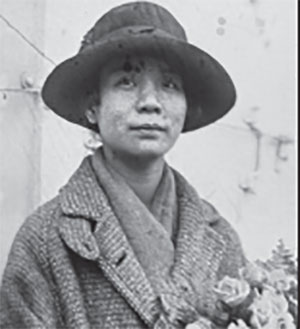
 It’s a horror novel after all, and horror novels freak me out.
It’s a horror novel after all, and horror novels freak me out.

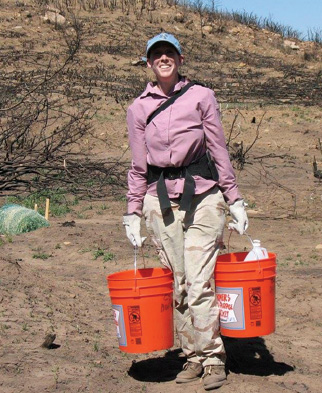

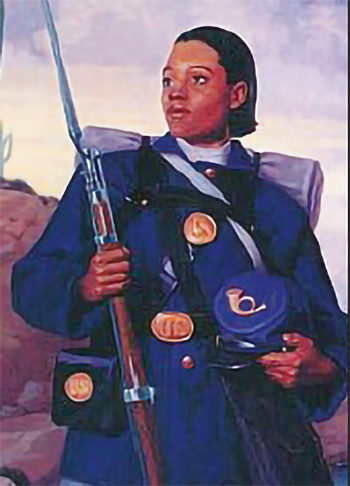

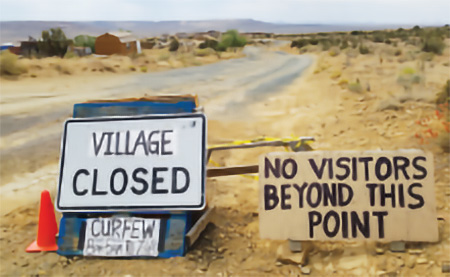
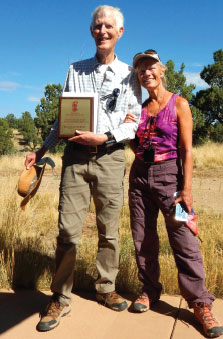
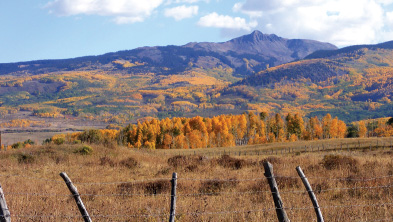

 If your first published short story appears in Ellery Queen’s Mystery Magazine, you probably know what you’re doing. And if that story has the audacious title of “Murder on the Orient Express” (and directly pays homage to the classic Agatha Christie novel in question), even more so.
If your first published short story appears in Ellery Queen’s Mystery Magazine, you probably know what you’re doing. And if that story has the audacious title of “Murder on the Orient Express” (and directly pays homage to the classic Agatha Christie novel in question), even more so.

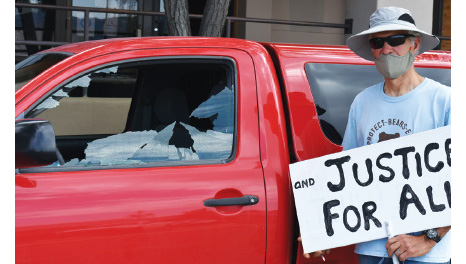

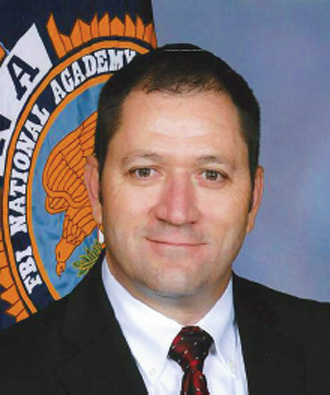



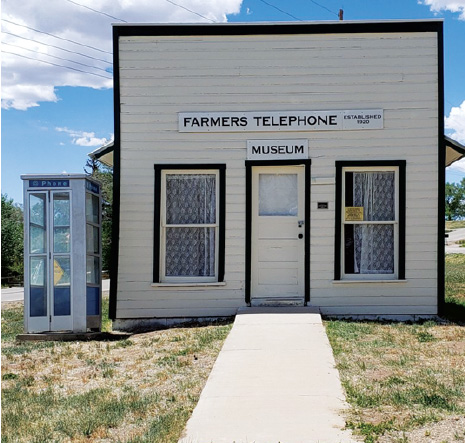
 Americans are bitterly divided over climate change, Donald Trump, and race. But the issue that may be causing the angriest debate at the moment is an odd one: masks.
Americans are bitterly divided over climate change, Donald Trump, and race. But the issue that may be causing the angriest debate at the moment is an odd one: masks.






